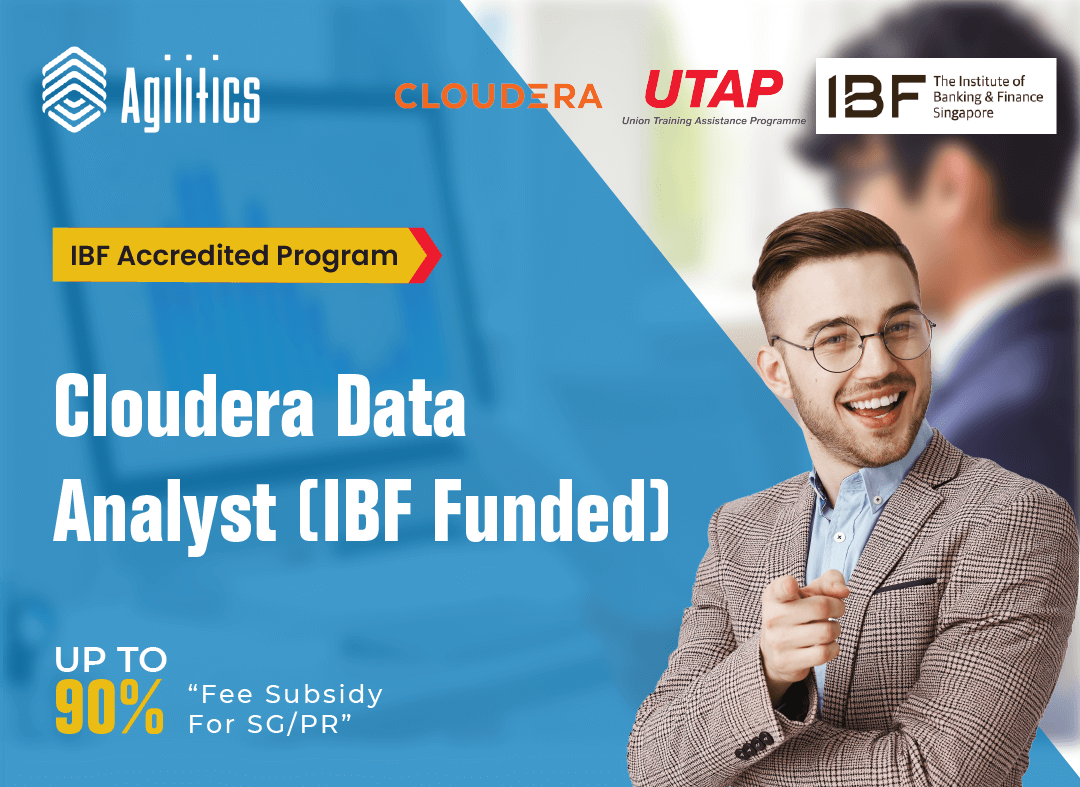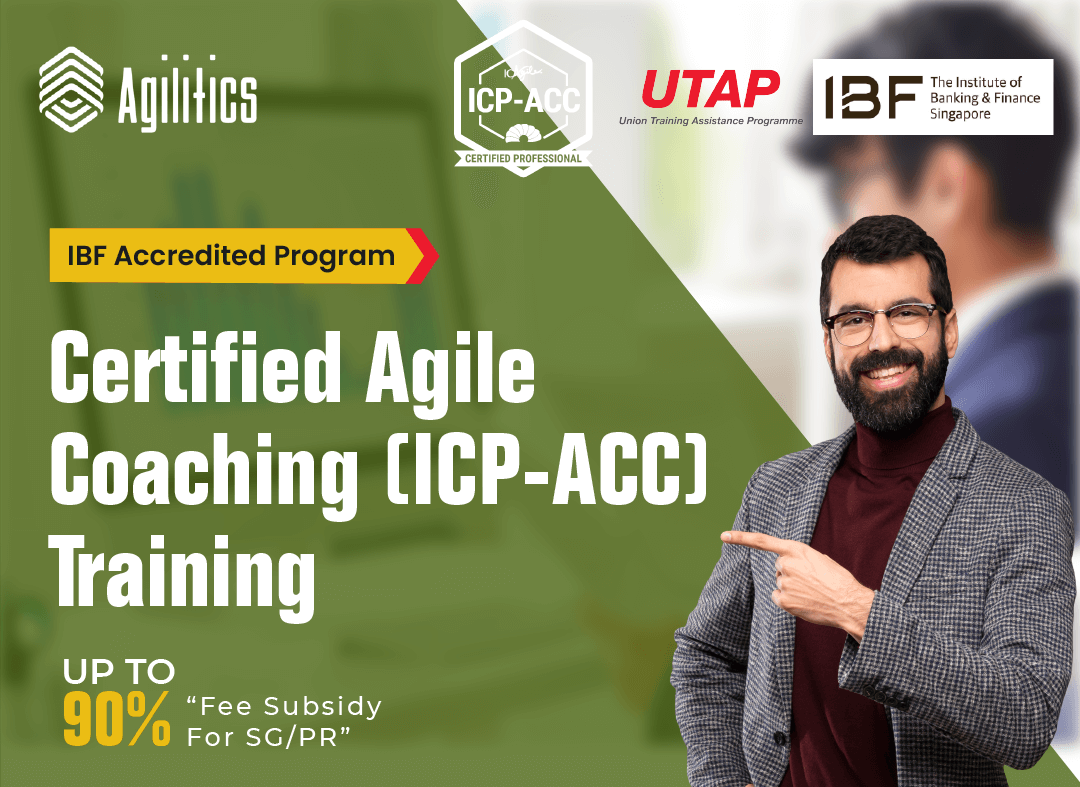
1:1 Coaching
24*7 Support
CloudLabs
High Success Rate
Globally Renowned PSTs Trainer
Real-time code analysis and feedback
Course Description
An Associate Cloud Engineer deploys applications, monitors operations, and manages enterprise solutions. This individual is able to use Google Cloud Console and the command-line interface to perform common platform-based tasks to maintain one or more deployed solutions that leverage Google-managed or self-managed services on Google Cloud.
Learning Objectives
This course teaches participants the following skills:
- Set up a Google Cloud environment, including billing accounts, projects, tools, access, and security.
- Plan, configure, implement, deploy, monitor, and manage solutions in the Google Cloud.
- Get familiar with using the Google Cloud through both the console and the command-line.
- Build a strong foundation for other GCP certification exams.
- Pass the Google Associate Cloud Engineer certification exam.
Certification Curriculum
 Setting up a Cloud Solution Environment
Setting up a Cloud Solution Environment
- 1.1 Setting up cloud projects and accounts. Activities include:
Creating projects
Assigning users to predefined IAM roles within a project
Managing users in Cloud Identity (manually and automated)
Enabling APIs within projects
Provisioning one or more Stackdriver workspaces - 1.2 Managing billing configuration. Activities include:
Creating one or more billing accounts
Linking projects to a billing accountorganization that do not impede the Scrum Team.
Establishing billing budgets and alerts
Setting up billing exports to estimate daily/monthly charges - 1.3 Installing and configuring the command line interface (CLI), specifically the Cloud SDK (e.g., setting the default project).
 Planning and Configuring a Cloud Solution
Planning and Configuring a Cloud Solution
- 2.1 Planning and estimating GCP product use using the Pricing Calculator
- 2.2 Planning and configuring computer resources. Considerations include:
Selecting appropriate compute choices for a given workload (e.g., Compute Engine, Google Kubernetes Engine, App Engine, Cloud Run, Cloud Functions)
Using preemptible VMs and custom machine types as appropriate - 2.3 Planning and configuring data storage options. Considerations include:
Product choice (e.g., Cloud SQL, BigQuery, Cloud Spanner, Cloud Bigtable)
Choosing storage options (e.g., Standard, Nearline, Coldline, Archive) - 2.4 Planning and configuring network resources. Tasks include:
Differentiating load balancing options
Identifying resource locations in a network for availability
Configuring Cloud DNS
 Deploying and Implementing a Cloud Solution
Deploying and Implementing a Cloud Solution
- 3.1 Deploying and implementing Compute Engine resources. Tasks include:
Launching a compute instance using Cloud Console and Cloud SDK (G-cloud) (e.g., assign disks, availability policy, SSH keys)
Creating an autoscaled managed instance group using an instance template
Generating/uploading a custom SSH key for instances
Configuring a VM for Stackdriver monitoring and logging
Assessing compute quotas and requesting increases
Installing the Stackdriver Agent for monitoring and logging - 3.2 Deploying and implementing Google Kubernetes Engine resources. Tasks include:
Deploying a Google Kubernetes Engine cluster
Deploying a container application to Google Kubernetes Engine using pods
Configuring Google Kubernetes Engine application monitoring and logging - 3.3 Deploying and implementing App Engine, Cloud Run, and Cloud Functions resources. Tasks include, where applicable:
Deploying an application, updating scaling configuration, versions, and traffic splitting
Deploying an application that receives Google Cloud events (e.g., Cloud Pub/Sub events, Cloud Storage object change notification events) - 3.4 Deploying and implementing data solutions. Tasks include:
Initializing data systems with products (e.g., Cloud SQL, Cloud Datastore, BigQuery, Cloud Spanner, Cloud Pub/Sub, Cloud Bigtable, Cloud Dataproc, Cloud Dataflow, Cloud Storage)
Loading data (e.g., command-line upload, API transfer, import/export, load data from Cloud Storage, streaming data to Cloud Pub/Sub) - 3.5 Deploying and implementing networking resources. Tasks include:
Creating a VPC with subnets (e.g., custom-mode VPC, shared VPC)
Launching a Compute Engine instance with custom network configuration (e.g., internal-only IP address, Google private access, static external and private IP address, network tags)
Creating ingress and egress firewall rules for a VPC (e.g., IP subnets, tags, service accounts)
Creating a VPN between a Google VPC and an external network using Cloud VPN
Creating a load balancer to distribute application network traffic to an application (e.g., Global HTTP(S) load balancer, Global SSL Proxy load balancer, Global TCP Proxy load balancer, regional network load balancer, regional internal load balancer) - 3.6 Deploying a solution using Cloud Marketplace. Tasks include:
Browsing Cloud Marketplace catalogue and viewing solution details
Deploying a Cloud Marketplace solution - 3.7 Deploying application infrastructure using Cloud Deployment Manager. Tasks include:
Developing Deployment Manager templates
Launching a Deployment Manager template
 Ensuring Successful Operation of a Cloud Solution
Ensuring Successful Operation of a Cloud Solution
- 4.1 Managing Compute Engine resources. Tasks include:
Managing a single VM instance (e.g., start, stop, edit configuration, or delete an instance)
SSH/RDP to the instance
Attaching a GPU to a new instance and installing CUDA libraries
Viewing current running VM inventory (instance IDs, details)
Working with snapshots (e.g., create a snapshot from a VM, view snapshots, delete a snapshot)
Working with images (e.g., create an image from a VM or a snapshot, view images, delete an image)
Working with instance groups (e.g., set auto scaling parameters, assign instance template, create an instance template, remove instance group)
Working with management interfaces (e.g., Cloud Console, Cloud Shell, GCloud SDK) - 4.2 Managing Google Kubernetes Engine resources. Tasks include:
Viewing current running cluster inventory (nodes, pods, services)
Browsing the container image repository and viewing container image details
Working with node pools (e.g., add, edit, or remove a node pool)
Working with pods (e.g., add, edit, or remove pods)
Working with services (e.g., add, edit, or remove a service)
Working with stateful applications (e.g. persistent volumes, stateful sets)
Working with management interfaces (e.g., Cloud Console, Cloud Shell, Cloud SDK) - 4.3 Managing App Engine and Cloud Run resources. Tasks include:
Adjusting application traffic splitting parameters
Setting scaling parameters for autoscaling instances
Working with management interfaces (e.g., Cloud Console, Cloud Shell, Cloud SDK) - 4.4 Managing storage and database solutions. Tasks include:
Moving objects between Cloud Storage buckets
Converting Cloud Storage buckets between storage classes
Setting object life cycle management policies for Cloud Storage buckets
Executing queries to retrieve data from data instances (e.g., Cloud SQL, BigQuery, Cloud Spanner, Cloud Datastore, Cloud Bigtable)
Estimating costs of a BigQuery query
Backing up and restoring data instances (e.g., Cloud SQL, Cloud Datastore)
Reviewing job status in Cloud Dataproc, Cloud Dataflow, or BigQuery
Working with management interfaces (e.g., Cloud Console, Cloud Shell, Cloud SDK) - 4.5 Managing networking resources. Tasks include:
Adding a subnet to an existing VPC
Expanding a subnet to have more IP addresses Creating ingress and egress firewall rules for a VPC (e.g., IP subnets, tags, service accounts)
Reserving static external or internal IP addresses
Working with management interfaces (e.g., Cloud Console, Cloud Shell, Cloud SDK) - 4.6 Monitoring and logging. Tasks include:
Creating Stackdriver alerts based on resource metrics
Creating Stackdriver custom metrics
Configuring log sinks to export logs to external systems (e.g., on-premises or BigQuery)
Viewing and filtering logs in Stackdriver
Viewing specific log message details in Stackdriver
Using cloud diagnostics to research an application issue (e.g., viewing Cloud Trace data, using Cloud Debug to view an application point-in-time)
Viewing Google Cloud Platform status
Working with management interfaces (e.g., Cloud Console, Cloud Shell, Cloud SDK)
 Configuring Access and Security
Configuring Access and Security
- 5.1 Managing identity and access management (IAM). Tasks include:
Viewing IAM role assignments
Assigning IAM roles to accounts or Google Groups
Defining custom IAM roles - 5.2 Managing service accounts. Tasks include:
Managing service accounts with limited privileges
Assigning a service account to VM instances
Granting access to a service account in another project - 5.3 Viewing audit logs for project and managed services.
Prerequisites
- Fundamental understanding of Google Cloud Platform products and services
- Fundamental understanding of cloud concepts such as virtual machines, containers, and networking
Download Brochure
We offer GCP Associate Cloud Engineer Certification Training in Singapore aimed at beginning GCP Associate Cloud Engineer that can lead to your GCP Associate Cloud Engineer certification. Download the brochure and check the different Focus Areas covered within these 4 days of training.
Certification Assessment
The GCP Associate Cloud Engineer Training exam guide contains a complete list of topics that may be included on the exam. Review the exam guide to determine if your skills align with the topics on the exam. Familiarize yourself with the format of exam questions and example content that may be covered on the GCP Associate Cloud Engineer exam.
- High Success rate
- Join Our Dynamic Community
- Training from Recognized Trainer
- Post-workshop support by the Coaches
Testimonials
Our clients praise us for our great results, personable service, expert knowledge, and on-time delivery. Here are what just a few of them had to say:
Training FAQ's
In the Machine Learning Training, you will learn how to write distributed machine learning models that scale in Tensorflow, scale out the training of those models and offer high-performance predictions
The duration of Machine Learning Training is two-days.
Data Engineers and programmers interested in learning how to apply machine learning in practice or anyone interested in learning how to build and operationalize TensorFlow models can apply for Machine Learning Training.
With Machine Learning Training with TensorFlow Certification, you can strengthen your cloud knowledge, earn a digital certificate, and start preparing for an industry-recognized Google Cloud certification.
Participants should have experience coding in Python, knowledge of basic statistics, and knowledge of SQL and cloud computing.






